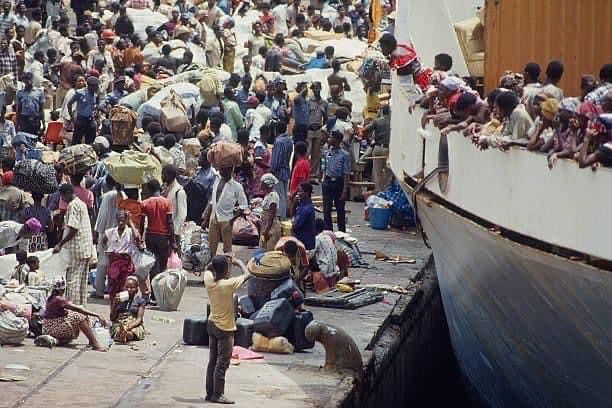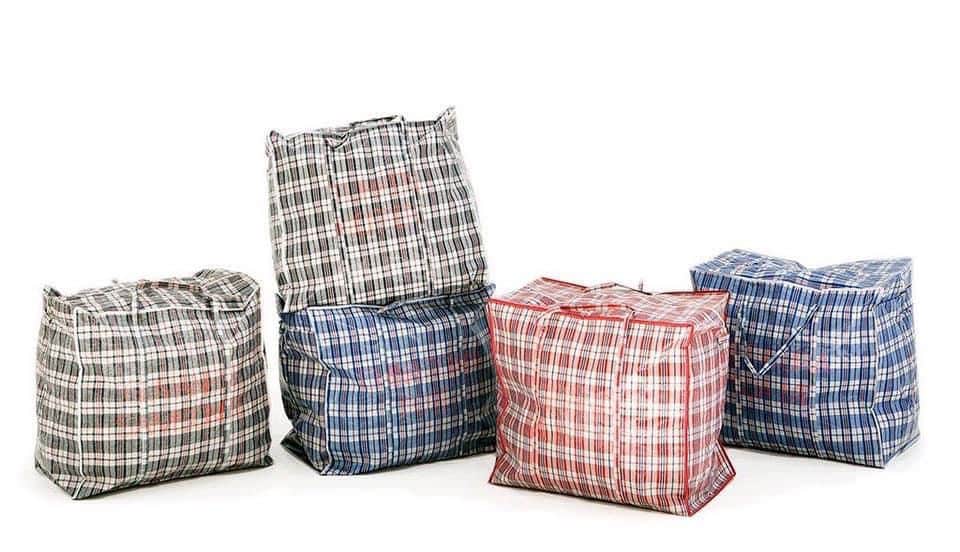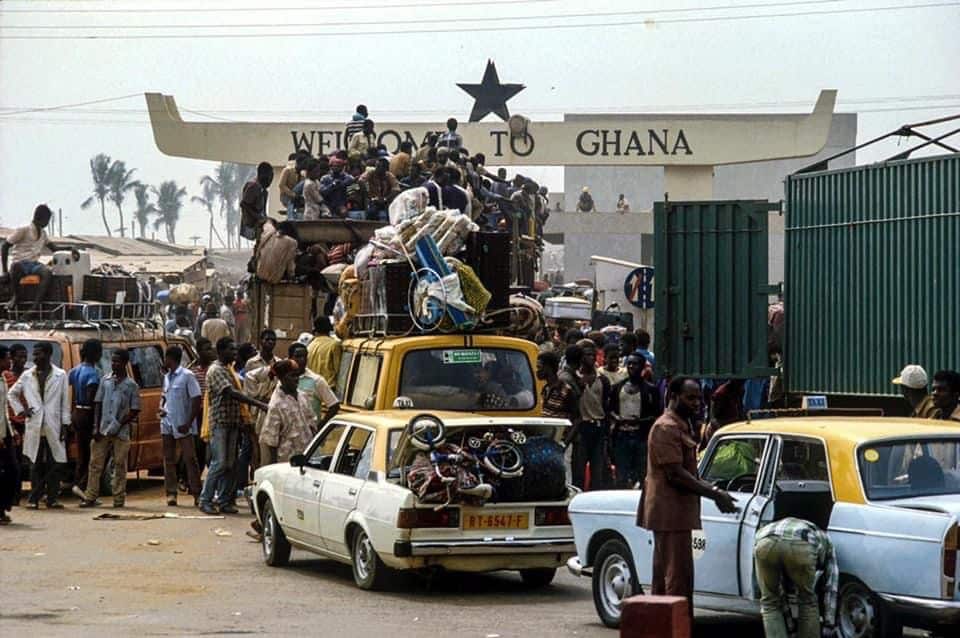In 1969, Ghana’s Prime Minister Kofi Abrefa Busia enacted the “Ghana Aliens Compliance Order” law, which resulted in three million Nigerians and other African and non-African immigrants being asked to leave Ghana. This was due to the fact that they made up 20% of the country’s population at the time. This law caused a great deal of upheaval and forced many individuals to leave their homes and families behind.

Fast forward to January 1983, when President Shehu Shagari of Nigeria issued an executive order that expelled two million undocumented West African migrants, over half of whom were from Ghana. The order was allegedly a response to the religious disturbances that had occurred in parts of Nigeria in 1980 and 1981 (known as the Kano Riots). These West African immigrants had been attracted to Nigeria due to the 1970s oil boom, but by 1983 the economy had weakened and it was an election year. The Nigerian politicians hoped that the expulsion would prove popular with the electorate.

During their return to Ghana, these migrants used a type of large, cheap, matted woven nylon chequered bags to carry their belongings. These bags became known as “Ghana Must Go”. Despite their origins as a symbol of displacement and forced migration, these bags have become popular for their durability and affordability, and are still widely used today.

Learn more: GHANA MUST GO: The ugly history of Africa’s most famous bag by Mail & Guardian
READ NEXT ON: Fort Amsterdam, a World Heritage Site in Kormantin, Central Region, Ghana







































This Post Has One Comment
Thanks for the history and the connection with the name “Ghana Must Go”
It is now “Nigeria Must Go”